10 Tips for writing your resume
Your resume is what gets your foot in the door. Employees use resumes to learn more about applicants and whether they might be a good fit. Your resume should be easy to read, summarize your accomplishments and skills, and highlight relevant experience. Your resume should reflect your unique education, experience, and relevant skills. It is also important to have multiple versions of your resume tailored to the jobs you’re applying for.
Read the following 10 tips to help write a great resume.
1. Look for keywords in the job postings
Before you start writing your resume look for a job posting that you are interested in and could see yourself excited to do every day. Look at the keywords in the job description that show what the employer is looking for in an ideal candidate. Include those keywords in your resume where relevant.
Because many employers use ATS that only recognize exact keywords, it’s essential that your resume use the same wording as the job ad to clear this first obstacle. For cybersecurity positions, try to target 10-12 keywords from the job description and find ways to describe your accomplishments, skills, and job functions using the same vocabulary.
2. Review resume examples for your industry
Be sure to study examples of resumes from your industry for inspiration and best practices. You should never copy a resume exactly but just use it as a template and make it your own. Some of the takeaways you should look for:
Make it simple and easy to read.
Make it brief.
Include numbers.
3. Use a professional font
Employers only have a short time to review your resume so it should be easy to read and appear more professional. Use a basic, clean font and keep the size between 10 and 12 points. Keep the whitespace to a minimum or your resume might seem sparse.
4. Include only the most relevant information and put the most important information first
Research has shown that hiring managers tend to spend only 6 seconds per resume. Be sure your resume is as brief as possible without leaving out key information. Include only work experience, achievements, education, and skills most relevant to the employer. You can find the most relevant attributes by closely reading the job posting. You should prioritize important information higher on your resume to draw attention to key skills and achievements.
If you had similar responsibilities in several past jobs, find new aspects of your skillset to emphasize in each role. Otherwise, it may look as if you did not progress from one position to the next.
5. Use active language
Your resume should have power words such as “achieved,” “earned,” “completed” or “accomplished.” If your resume is too long you should consider making sentences shorter or more concise.
Here’s an example: “I helped X cybersecurity company run routine pen-tests for small and mid-level businesses.” “I” is the subject, “helped” is the verb, and “X cybersecurity company” comes after the object. It’s succinct and straight to the point.
6. Call attention to important achievements
Under the experience section of your resume, list the top three or four important achievements in each role you’ve held. Don’t just list your job duties because they will not show your success for that particular job. You could also include a separate “Achievements” or “Skills” section to specifically highlight relevant achievements in your education, career, volunteer work, or other experiences.
7. Highlight your Accomplishments, Technical Skills, and Certifications
The bulk of your resume for a cybersecurity position should focus on accomplishments, technical skills (or “core competencies”), and certifications, in that order. Follow up your Professional Summary section with a bulleted list of your career achievements, emphasizing measurable accomplishments.
8. Only include subheadings and sections you need
Your resume may need a resume summary or a resume objective, but you should not include both. You may also find it useful to combine sections if you are having trouble filling a section with more than two bullet points.
9. Proofread and edit
Before sending your resume, you should undergo several rounds of proofreading to ensure there are no spelling or grammar errors. It is helpful for an objective third party to look at your resume as an employer might find ways you can correct or improve it.
10. Decide whether you need a unique resume for different jobs
If you’re applying for a job that has unique requirements, you may need another version of your resume to fully demonstrate your qualifications. Decide on a case by case basis which resume to use.
How to fix your Resume in order to land a job! – Digital Natives Meetup
Are you getting ready for an interview? Come try out some Sample Interview Questions. Are you pass the interview and land your dream job?















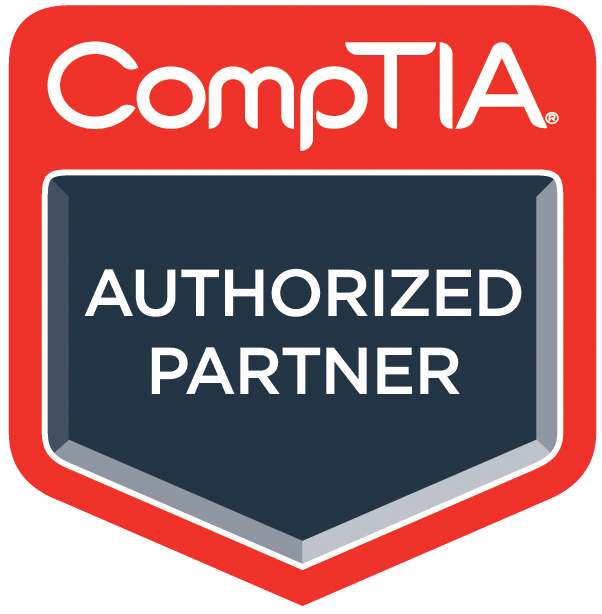




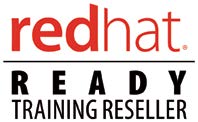



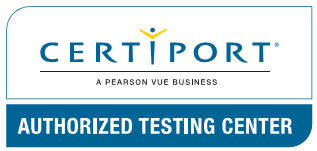



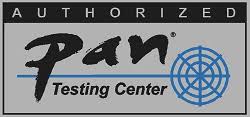

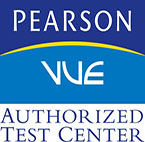
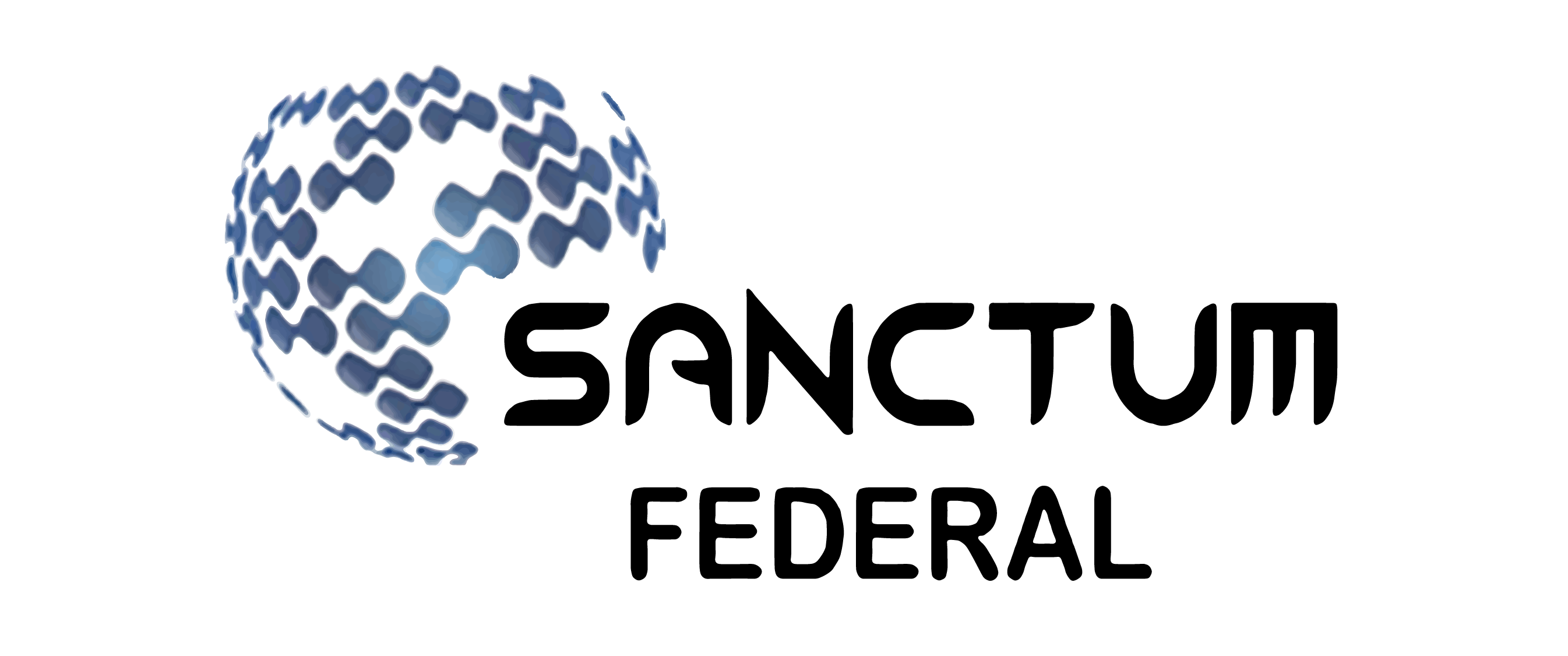

Leave a Reply
You must be logged in to post a comment.